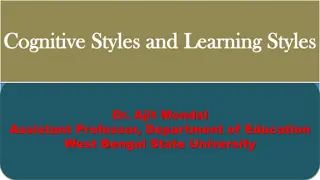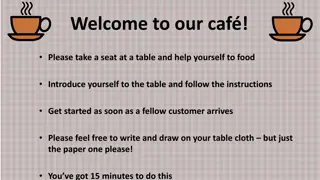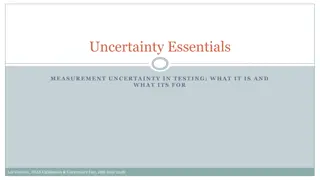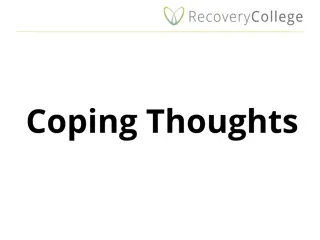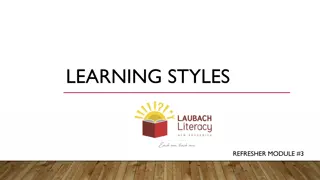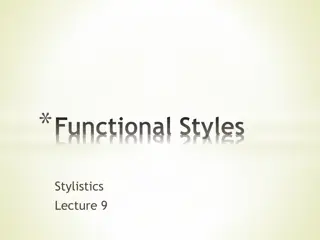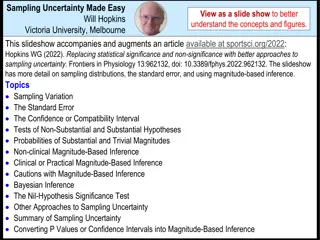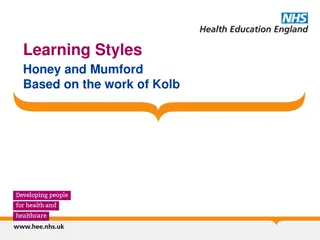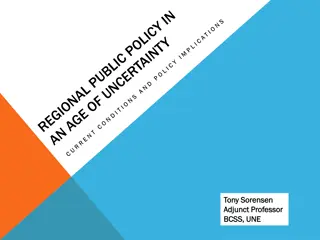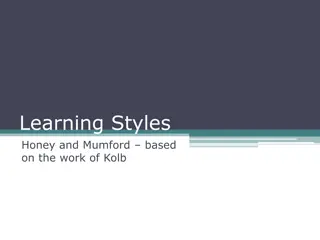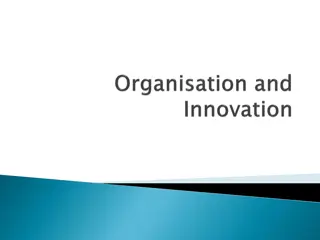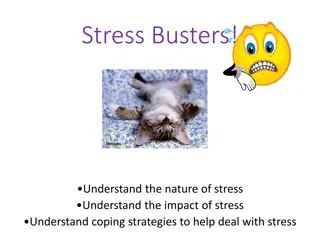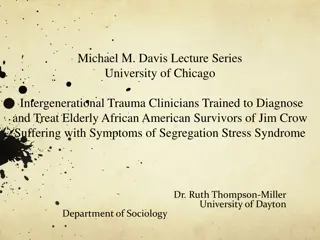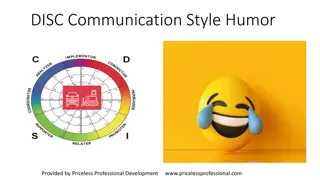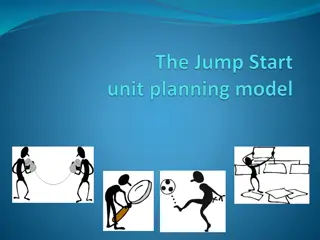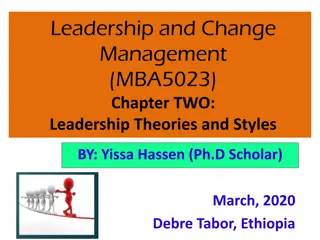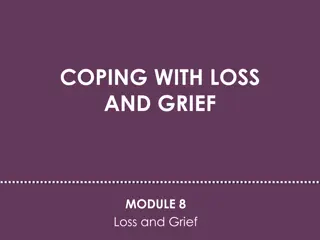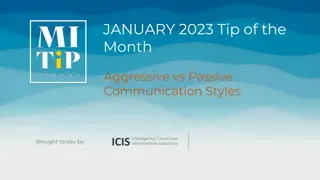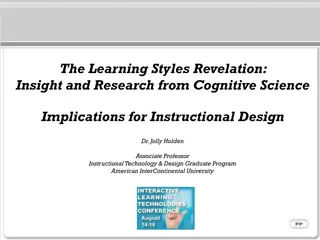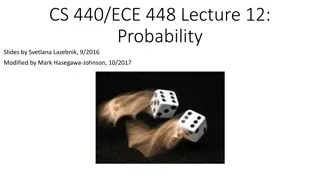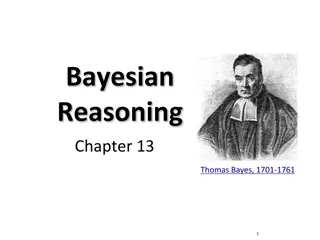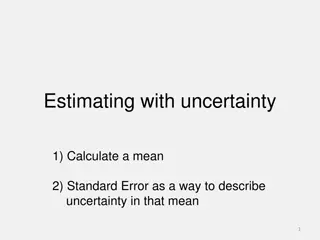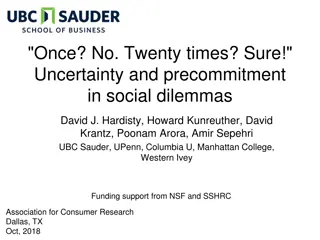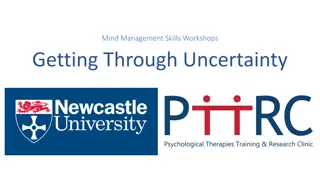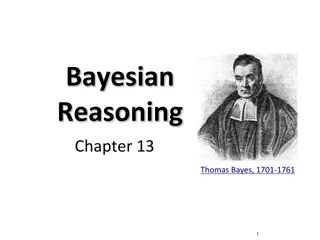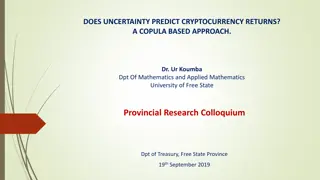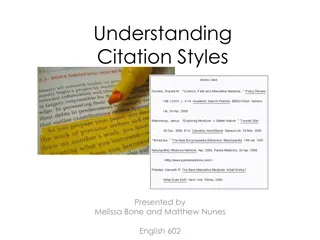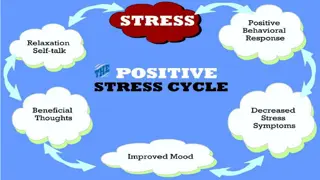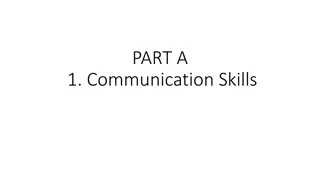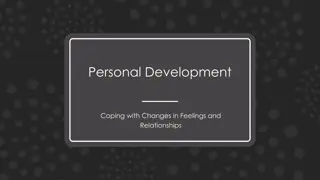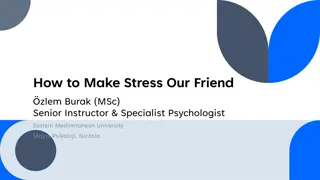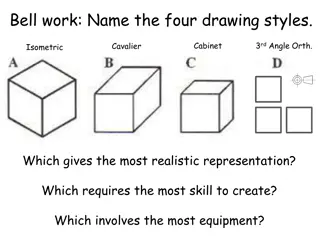Understanding Different Learning Styles and Coping with Uncertainty
Explore various learning styles such as activists, reflectors, theorists, and pragmatists to better understand individual strengths and pitfalls in managing daily uncertainty. Discover ways to learn through lectures, demonstrations, games, and more, while also delving into the Honey & Mumford categorization of learners. Embrace a holistic approach to learning and develop strategies to navigate uncertain situations effectively.
Download Presentation

Please find below an Image/Link to download the presentation.
The content on the website is provided AS IS for your information and personal use only. It may not be sold, licensed, or shared on other websites without obtaining consent from the author. Download presentation by click this link. If you encounter any issues during the download, it is possible that the publisher has removed the file from their server.
E N D
Presentation Transcript
Group Learning & Coping With Uncertainty Naveed Y. Riyaz PCME Tameside & Glossop
Aims Learning styles Where are you and how can you develop Strengths & pitfalls Managing uncertainty on a daily basis
Ways to Learn Lectures, conferences, seminars, workshops Reading (library/online) Demonstration (see one, do one, teach one) Role-play, simulation Games Videos / films (RCGP material) Quiz, rapid fire questions
Honey & Mumford Divide learners into four categories with some overlap depending on the individual Activists Theorists Reflectors Pragmatists
Activist Activists involve themselves fully and without bias Open minded and enthusiastic Fill the day with activities as soon as one is dying down they look for another
Activist Acts first then considers the consequences Focus of all activities is them Enjoy a challenge but bored when it comes to following it through
Reflector Stand back and ponder Gather information themselves and by watching others Think about things thoroughly to give a more considered and rounded conclusion
Reflector In collecting all the evidence and thinking/pondering about it end up delaying the outcomes
Pragmatist Keen to try out ideas, theories, techniques to see if they work Want to try out new ideas and find a better way to do things Practical problem solving people
Pragmatist Frustrated with procrastination and lack of decision making when ideas are discussed
Theorist Observe and theorise Analyse and synthesise Keen on basic assumptions, principles, rules, models
Theorist Analytical, struggle with lateral thinking Can often be detached and perfectionists
The Common Combinations All round individual Reflector-Theorist is the commonest variant Activist-Pragmatist the second commonest
Can You Identify Any Pitfalls On A Day To Day Basis?
Real Life Pitfalls Activists like seeing lots of patients, getting involved but tend to log a tiny percentage of the information on their e-portfolio Or flood the e-portfolio with everything rather than picking out the most important learning opportunities don t forget to consider the consequences of the actions
Pitfalls Reflectors have depth to their e-portfolio entries but often spend so much time considering what they have written they don t share their entries Depth can be mistaken for quality when it often ends up being simply length
Pitfalls Theorists tend to like the e-portfolio because it provides structure Detached and analytical isn t what the e- portfolio requires, can struggle with the human emotion side of things, leaving things open-ended
Pitfalls Pragmatists have lots of ideas, don t forget to log how you got them and what they are Ignore the e-portfolio because they don t see how it ll help in reality Don t like the conversation, open ended outcome that e-portfolio entries generates
How Is This Beneficial To You Otherwise? Significant emphasis in ST3 is about working in small groups Highlight your strengths and weaknesses play to one but don t forget about the other
Dont Forget 10% of your reading 20% of what you hear 30% what you see 50% what you see and hear 80% what you say 90% what you say, hear and do DON T PASS UP THE OPPORTUNITIES TO LEARN
Uncertainty Will Never Disappear Uncertainty due to a lack of research in a particular area Uncertainty due to the existence of research/information but a lack of knowledge
Examples of uncertainty and how you deal with them
Coping With Uncertainty Make it all about guidelines But then patients may as well consult an automated screen Let patients decide Tell them the odds/statistics/ratios/risks and depersonalise the consultation
Alternatively Take a thorough history and examine use the patient as a resource to clarify Use reference points BNF, NICE, colleagues Decide immediate risk and danger profile Find out patient s concerns / anxieties Be honest rather than deceptive Collaborate with patients listen to what they have to say
Consider Safety netting Implications of your actions Theoretically you could investigate, refer and review everyone Using time as a diagnostic tool
Dont Be Afraid To Face Uncertainty The nature of the condition is that you won t always get it right In turn that might lead to a patient getting hurt Or you might get a complaint Practice safely and within the expectations placed upon you




